Letter by Palma Bucarelli
This Letter of Palma Bucarelli is a typewritten document of the Superintendence at the National Gallery of Modern Art, addressed to the Director of the Rome Institute for Solidarity of Art, requesting a catalog of the fourth overview I.S.A. of Roman School painting, directed by the painter Alberto Melli .
Rome, April 29, 1954 . Signed "Bucarelli" in black ink. One page, single-sided on paper (20 x 29 cm) headed by the Superintendence at the National Gallery of Modern Art, with a stamp bearing the date of the request and signature of Palma Bucarelli . Perfect conditions, on watermarked paper.
This Letter of Palma Bucarelli is a typewritten document of the Superintendence at the National Gallery of Modern Art, addressed to the Director of the Rome Institute for Solidarity of Art, requesting a catalog of the fourth overview I.S.A. of Roman School painting, directed by the painter Alberto Melli .
Rome, April 29, 1954 . Signed "Bucarelli" in black ink. One page, single-sided on paper (20 x 29 cm) headed by the Superintendence at the National Gallery of Modern Art, with a stamp bearing the date of the request and signature of Palma Bucarelli . Perfect conditions, on watermarked paper.
The name of Palma Bucarelli (Rome, 1910-1998) is inseparably linked to the National Gallery of Modern Art in Rome , of which she was a historical director and superintendent from 1942 to 1975. She was a heroic promoter of abstractionism and informality and with this purpose she directed the museum. She was a student of Adolfo Venturi and Pietro Toesca and a studies partner of Giulio Carlo Argan, with whom she passed in 1933, at the only age of 23, the competition organized by the Ministry of National Education as Inspector of Antiquities and Fine Arts and was assigned to the Borghese Gallery. After a short relocation to Naples, where she attended Benedetto Croce's lounge, thanks to the interest of Paolo Monelli (her future partner) who interceded in her favour with Giuseppe Bottai, Minister of National Education, in 1937, she could return to the capital.
In July 1941, she took over the direction of the National Gallery of Modern Art, where she brought some fresh air. During the war, her role was paramount in the artworks rescue (dividing them between the hiding places of Castel Sant'Angelo in Rome and the Palazzo Farnese of Caprarola) and after the war she was the protagonist of a cultural revolution that allowed Italy to come up with avant-garde art research. With the acquisition of the great "Sacco" by Burri, the controversy between abstractionism and the most established realism exploded dramatically, and in 1959, when she organized her personal exhibition, she caused a parliamentary question, considering the artist too foreign to the “Traditional art”.



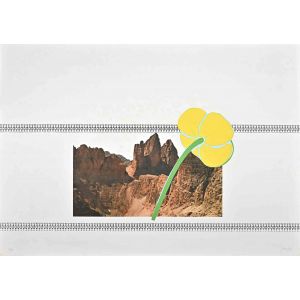
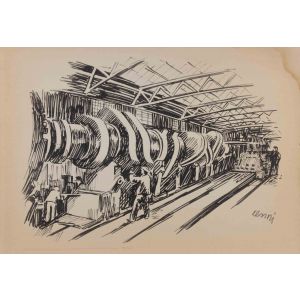
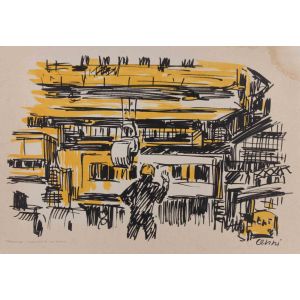
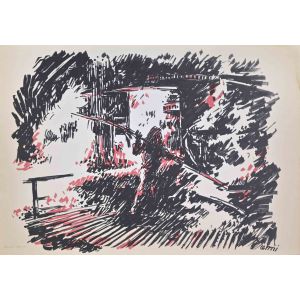
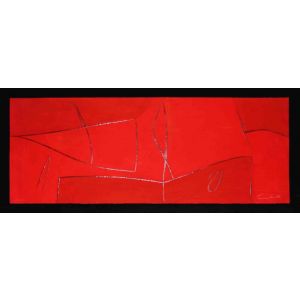

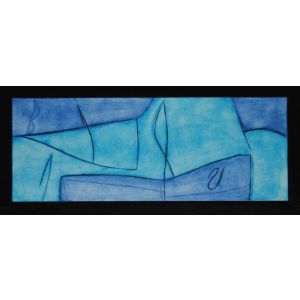
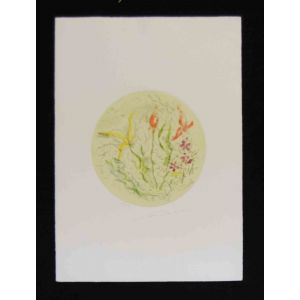
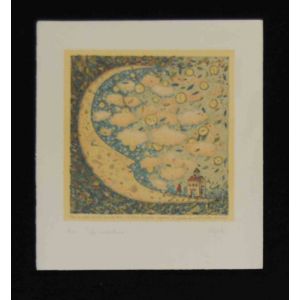
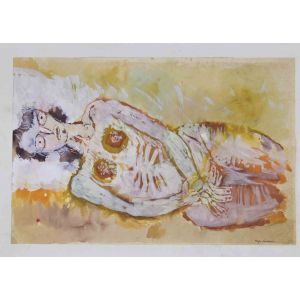
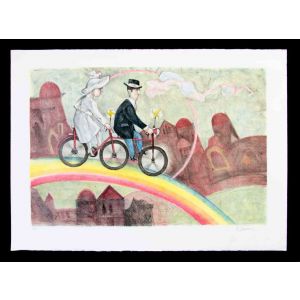
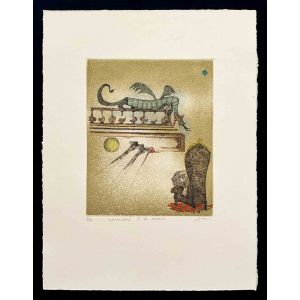
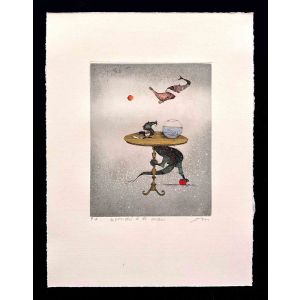
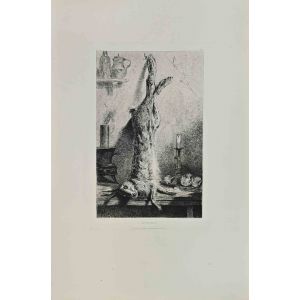
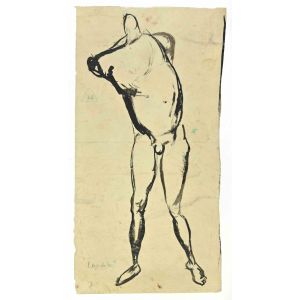
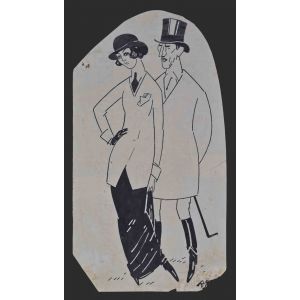

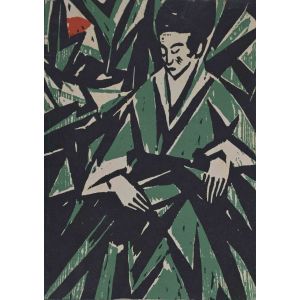
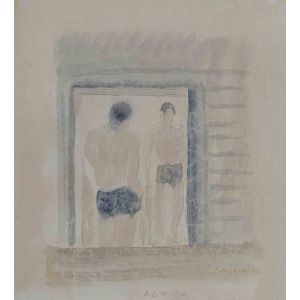
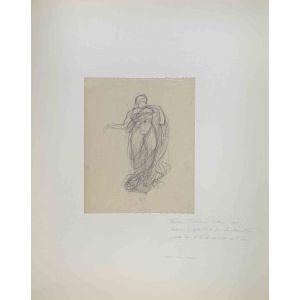





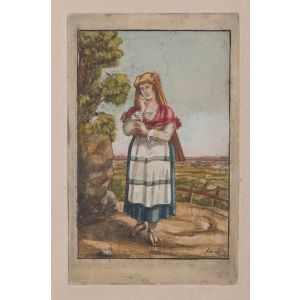
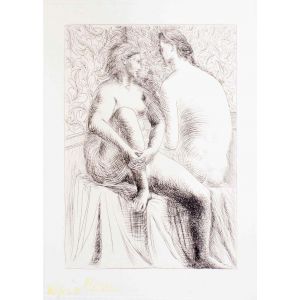



Validate your login
Sign In
Create New Account